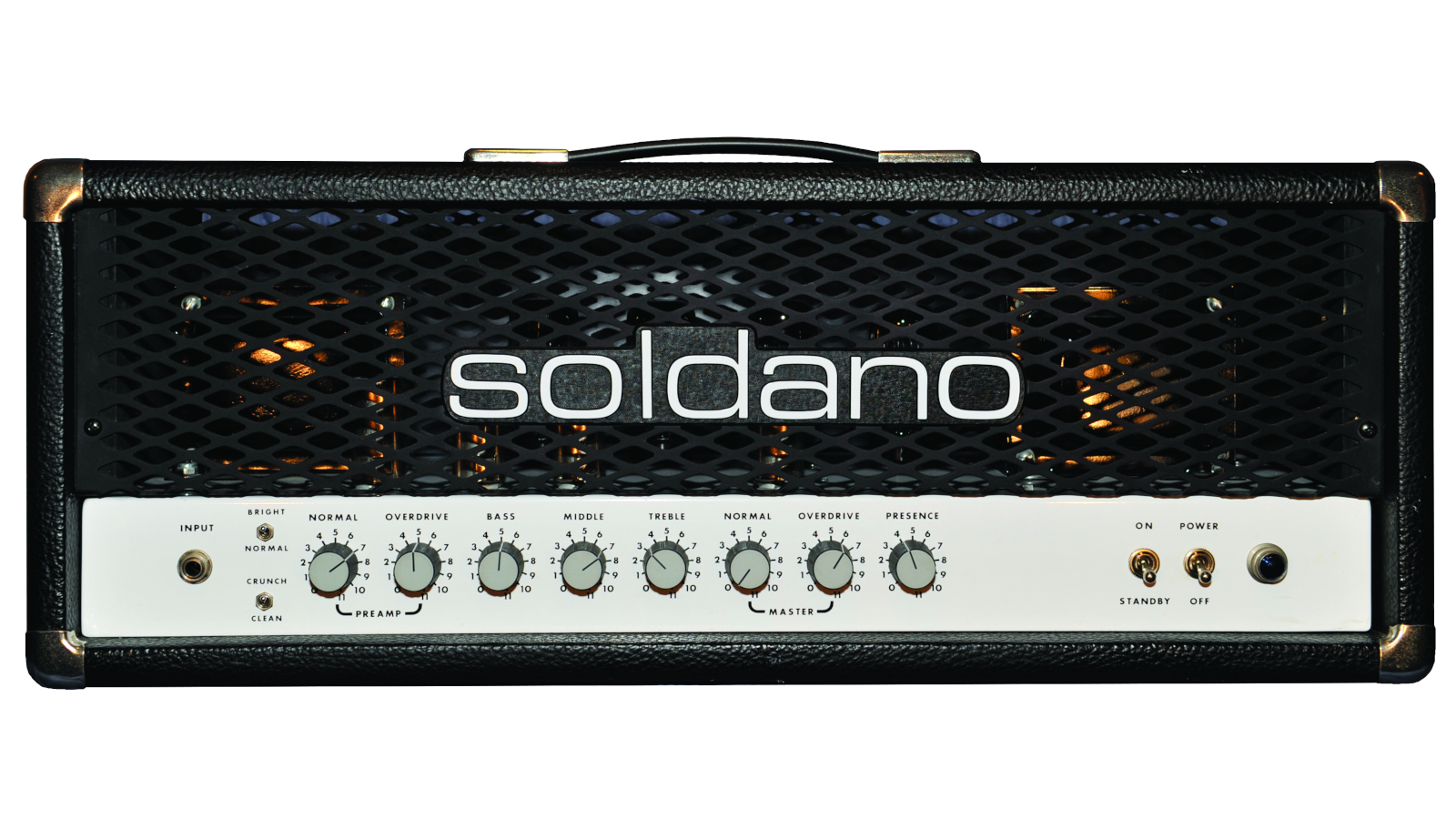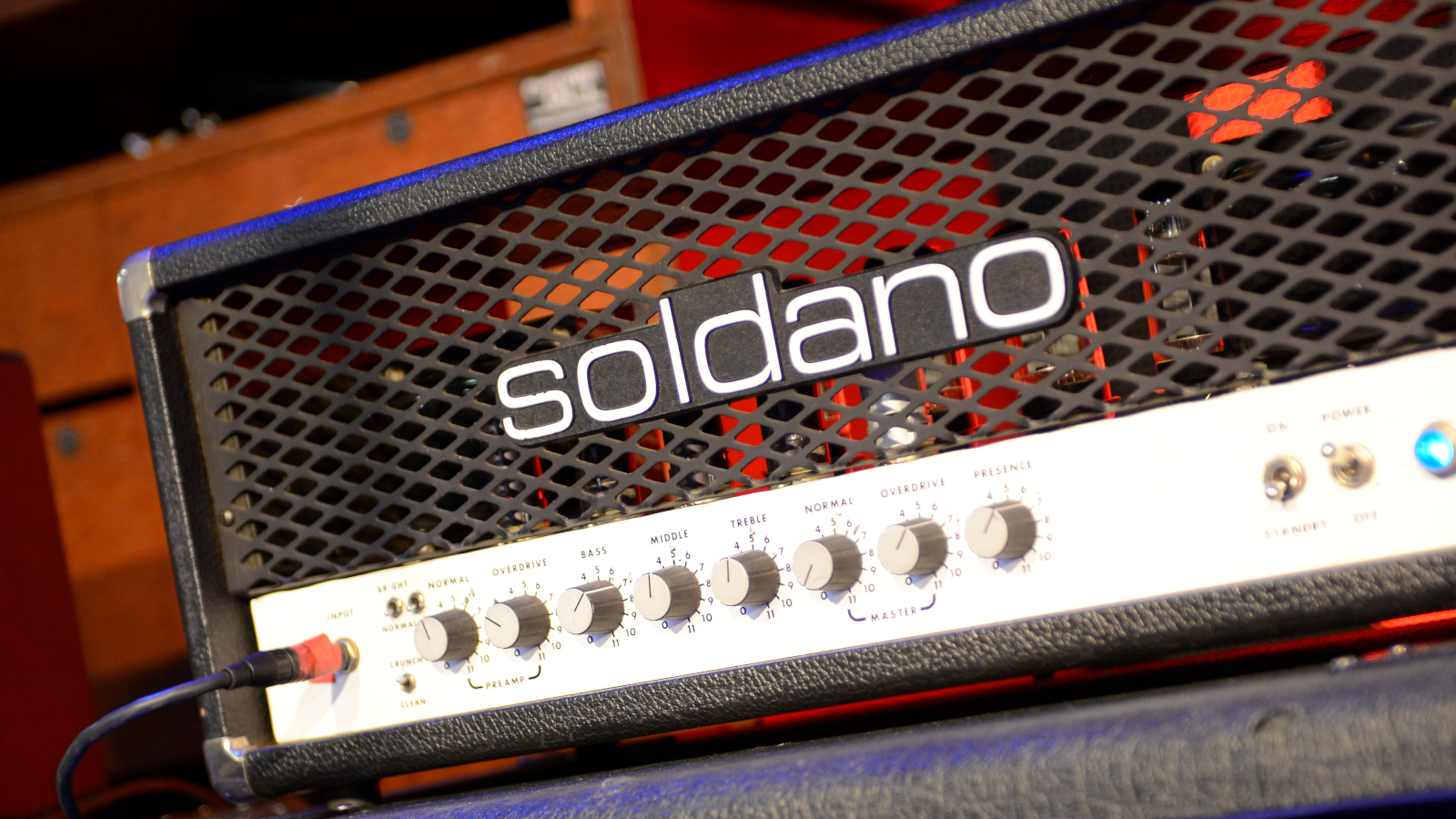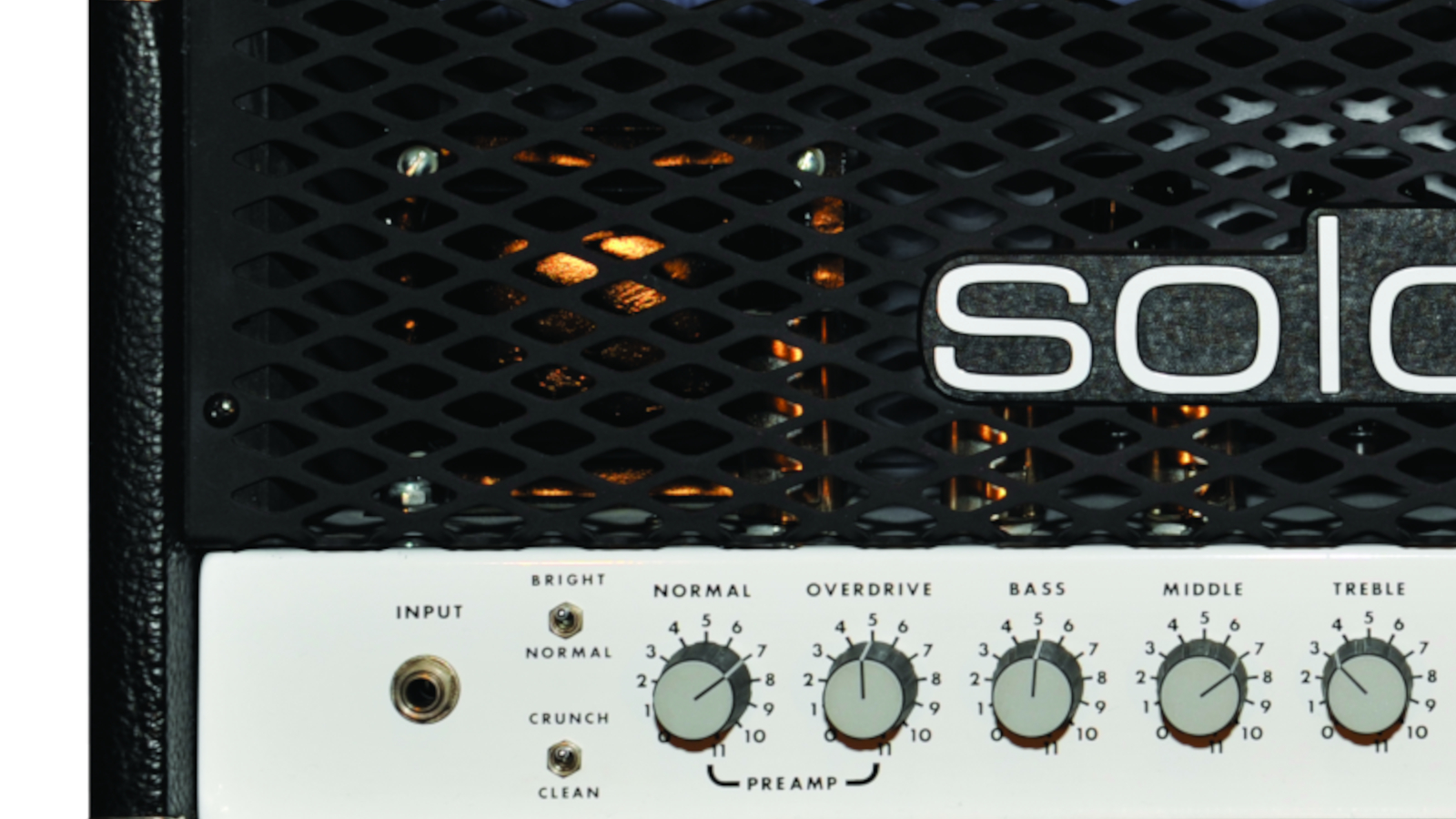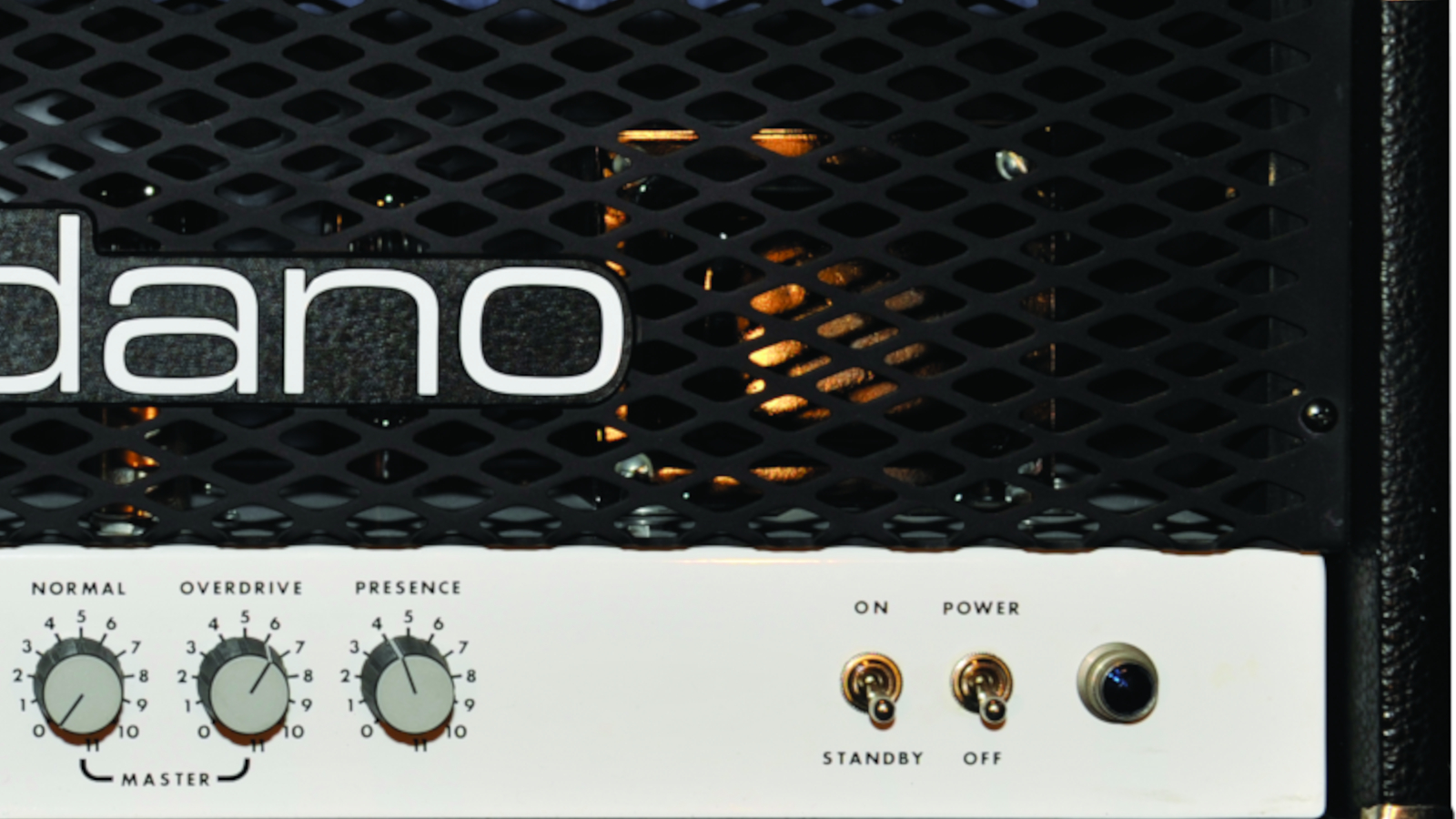Endorsed by Eric Clapton and Eddie Van Halen, the Soldano SLO 100 Became an Amp of the Guitar Gods
Michael Soldano’s Super Lead Overdrive 100-watter is a formidable fire breather that exhibits a personality all its own

Amid the vintage Marshall “Plexis,” Mesa/Boogies, Dumbles, Trainwrecks and other legendary tube amps of the great rock era, the Soldano SLO 100 stands tall.
From the early to mid ’80s, Michael Soldano roughed it between his native Seattle and Los Angeles, working to establish himself as an amp maker to the stars. He finally crushed it big time in 1987 with the amp that would become the SLO (for Super Lead Overdrive) 100.
After placing a prototype in the hands of Heart guitarist Howard Leese, Soldano – who had taken a roadie gig to stave off bankruptcy – returned home one night to hear messages on his answering machine from Lou Reed, Michael Landau and Vivian Campbell. They all wanted to buy his amplifiers.
It delivered a thickness that filled out the high-gain sizzle, and a juicy, touchy-feely playing sensitivity
A few months later, Soldano could claim guitarists Eric Clapton, Mark Knopfler and Matthias Jabs as customers.
Guitarists like George Lynch, Gary Moore, Joe Satriani, Steve Vai and scads of others followed soon after.
If Soldano’s early design was inspired somewhat by the Mesa/Boogie Mark II of the early ’80s (which he had cloned in a formative DIY effort), the SLO 100 nevertheless exhibited a personality all its own.
Similarly driven by a cascading-gain preamp structure in Overdrive (lead) mode, it delivered a thickness that filled out the high-gain sizzle, and a juicy, touchy-feely playing sensitivity that really hooked soloists.
Get The Pick Newsletter
All the latest guitar news, interviews, lessons, reviews, deals and more, direct to your inbox!

As its list of users suggests, the SLO 100 wasn’t designed to be a heavy-metal amp, although it qualified as a high-gain beast in its day and could lean into classic renditions of that territory when urged.
Soldano’s intention was to deliver rich, harmonically saturated gain and great dynamics for the full gamut of rock lead players, and for most such artists the proof was in the pudding.
Soldano’s intention was to deliver rich, harmonically saturated gain and great dynamics for the full gamut of rock lead players
In Overdrive mode, the guitar signal passes through four stages of 12AX7-driven gain before hitting further tube stages that comprise the buffered FX loop.
This is followed by a tone stage (shared with the clean channel) derived from a modified Fender Bassman topology, a very different tone-stack placement than that of the Mesa/ Boogie Mark II.
The master volumes for both channels fall after the tone stage but before the phase inverter, which might make them sound less hip than the PPIMV (post-phase-inverter master volume) controls that are all the rage today. That said, Soldano’s master reined in the preamp grind as necessary, though you could still crank it up and feel the earth rumble.
In any case, the classic Mesa/Boogie Mark Series amps, Marshall Master Model 2203/2204 and several other legendary rock amps all used pre-PI masters and suffered little from doing so.
Big rock heads can be a flavor of the month kind of thing, and several early star SLO players did cycle through to other amps. However, the Soldano artist roster continued to grow apace over the decades and now reads like a veritable who’s who of guitar gods from across the wide gamut of rock, metal and contemporary blues.


ESSENTIAL INGREDIENTS
- Four 6L6GC output tubes generating around 100 watts RMS
- Two channels: Normal and Overdrive
- Four 12AX7 preamp tubes
- Cascading gain stages in Overdrive mode
- Master volume controls for both channels
- Solid-state rectification
While the soaring prices of SLO 100 amps have put them out of reach for many a guitarist, Soldano has recently released the Super Lead Overdrive pedal.
Recreating the magic of their flagship amp, Soldano says the SLO distortion pedal is “the perfect way to get that signature Soldano sound on to your pedalboard.”
Dave Hunter is a writer and consulting editor for Guitar Player magazine. His prolific output as author includes Fender 75 Years, The Guitar Amp Handbook, The British Amp Invasion, Ultimate Star Guitars, Guitar Effects Pedals, The Guitar Pickup Handbook, The Fender Telecaster and several other titles. Hunter is a former editor of The Guitar Magazine (UK), and a contributor to Vintage Guitar, Premier Guitar, The Connoisseur and other publications. A contributing essayist to the United States Library of Congress National Recording Preservation Board’s Permanent Archive, he lives in Kittery, ME, with his wife and their two children and fronts the bands A Different Engine and The Stereo Field.
A gigantic $360 off Positive Grid's celebrated BIAS amp sim software may have just put the nail in the coffin of my beloved valve combo
"Let’s take acoustic-electric amplification to its ultimate realization." How to make an acoustic amp shimmer like a vintage Fender, smolder like a Dumble or scream like a Marshall












